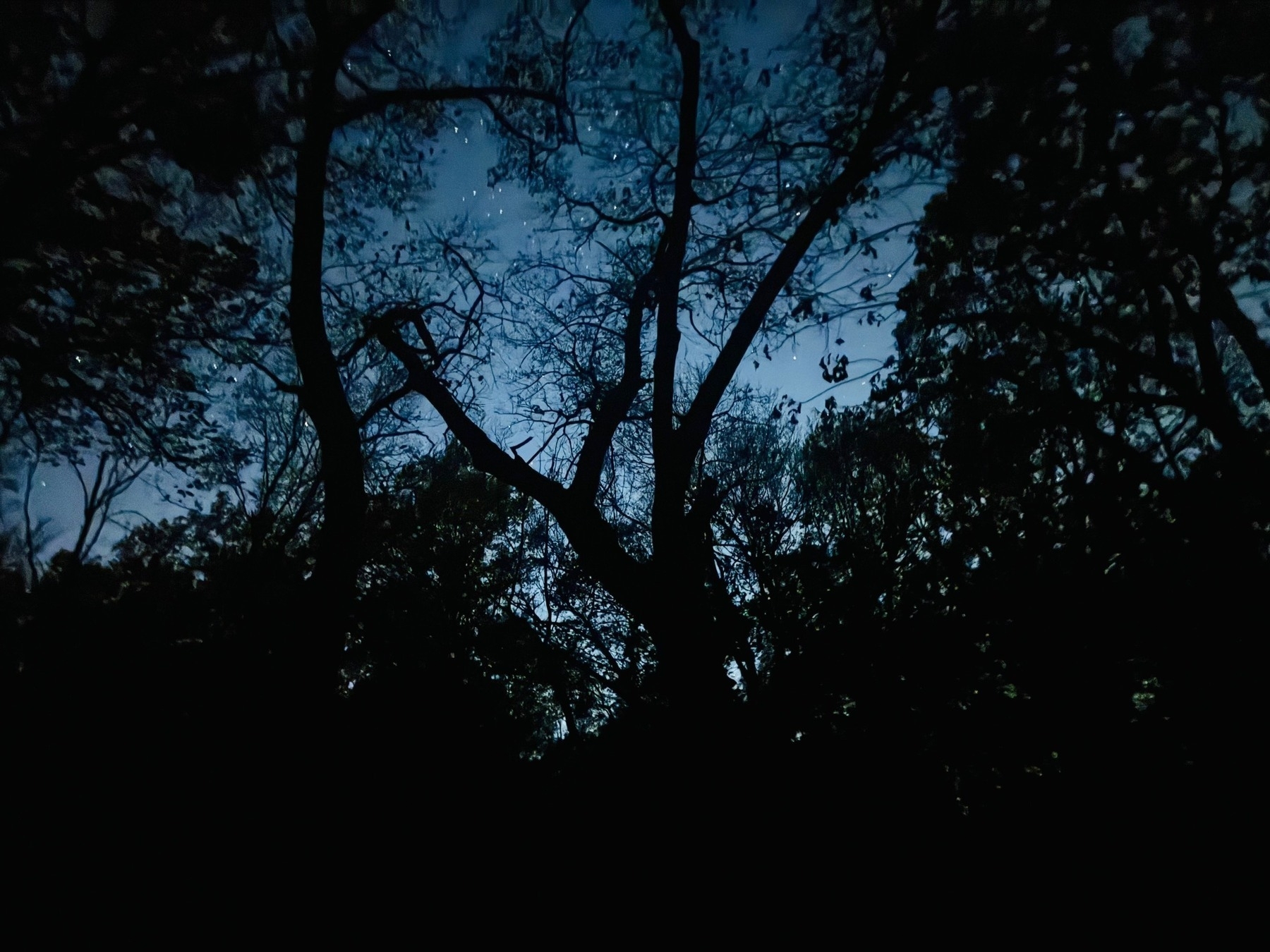









The narcissism of wedding photographers
The problem is that photographs don’t just record reality — they change it. Quantum physicists talk of the observer effect: the very act of observing reality causes a disturbance within it, and thus changes it. Something similar is true of wedding photography. We pose for photographs. We behave differently when we are being captured on film. We may feel awkward or self-conscious; we may pout or posture. In extreme cases, reality is bent around the presence of the photographic: lighting is enhanced, people are asked to stand in different places and look in different ways. Reality becomes a stage set.




Daring Fireball: Vision Pro, Spatial Video, and Panoramic Photos

Log is the “Pro” in iPhone 15 Pro
The flatness of log gives you the power to make it your own in the grade. The other huge advantage of log is that it is known, meaning it’s possible to convert it to and from various color spaces accurately.
A three state solution is the only option
I arrive at this conclusion by looking at the current situation and applying three basic principles:
- Large-scale ethnic cleansing will be minimized.
- Israelis and Palestinians will not want to share a state.
- Non-contiguous states aren’t viable.
A good place to start.
Thus, a two-state solution is really off the table, and always has been — not because of Israel’s actions or Palestinian irredentism, but simply because it’s not practically possible for Gaza and the West Bank to stay united.
This can’t be overstated.
I have many thoughts and many more feelings on the events of the last two days. I’ve long been interested in the Middle East and in Israel-Palestine in particular. I have friends on both sides of that border.
But it hardly seems worthwhile to wade into the morass at the moment. For now, here’s a photo I took a few years back — a view of the Gaza-Israel border.


Daring Fireball: Thoughts and Observations on This Week’s ‘Wonderlust’ Apple Event
On the photography front there were two major new features announced Tuesday. The first is a new generation of portrait photography, where Portrait mode can be applied to an image after it was shot as a regular still image. I’ve wanted this feature ever since Portrait mode debuted. While capturing, you don’t have to do a damn thing. You just frame your photo and hit the shutter. No switching modes. But on-device machine learning will decide on the spot whether Portrait mode would improve the image (which will only happen automatically if the subject is a person, dog, or cat), but you can enable it, disable it, and adjust it to your heart’s content in post.
The second is the iPhone 15 Pro models’ ability to capture spatial video. I had speculated over the summer that it would be cool if Apple could launch this for iPhones this year, and they did it. Clearly the optimal way to watch spatial video will be with a Vision headset, but the best way to capture them — especially in terms of the old adage that the best camera is the one you have with you — will be with iPhones. I considered it a lock that iPhones would eventually be able to capture spatial video memories, but to me it’s a sign of operational excellence and cross-device collaboration that Apple pulled it off this year, with iPhones that will ship months ahead of the first-generation Vision Pro. (The ability to shoot spatial video using an iPhone 15 Pro isn’t available yet — it’s “coming later this year”. And the hands-on area units didn’t have the feature, nor any example spatial videos preloaded. So the only thing we know about the feature is what was broadcast in the keynote.)
Why the smartphone camera changed photography forever
When I was shooting film, the problem was the huge expense of processing and printing. With digital, the problem became the crazy amount of time it took to grade, retouch, and print my pictures. I loved shooting for myself, I just couldn’t justify the money, or the post-processing time – or both.
But in 2007, everything changed. The iPhone was launched.
We, the audience, are not responding to the sharpness, the clarity, the minimal chromatic aberration or lack thereof — the technical quality aspects of this imagery. We’re responding to the honesty; to the realism; and to the intimacy of the photographs people are posting on Instagram, Pinterest, Flickr, etc. After all, we’ve never really seen it before. Or at least, not in such abundance.


